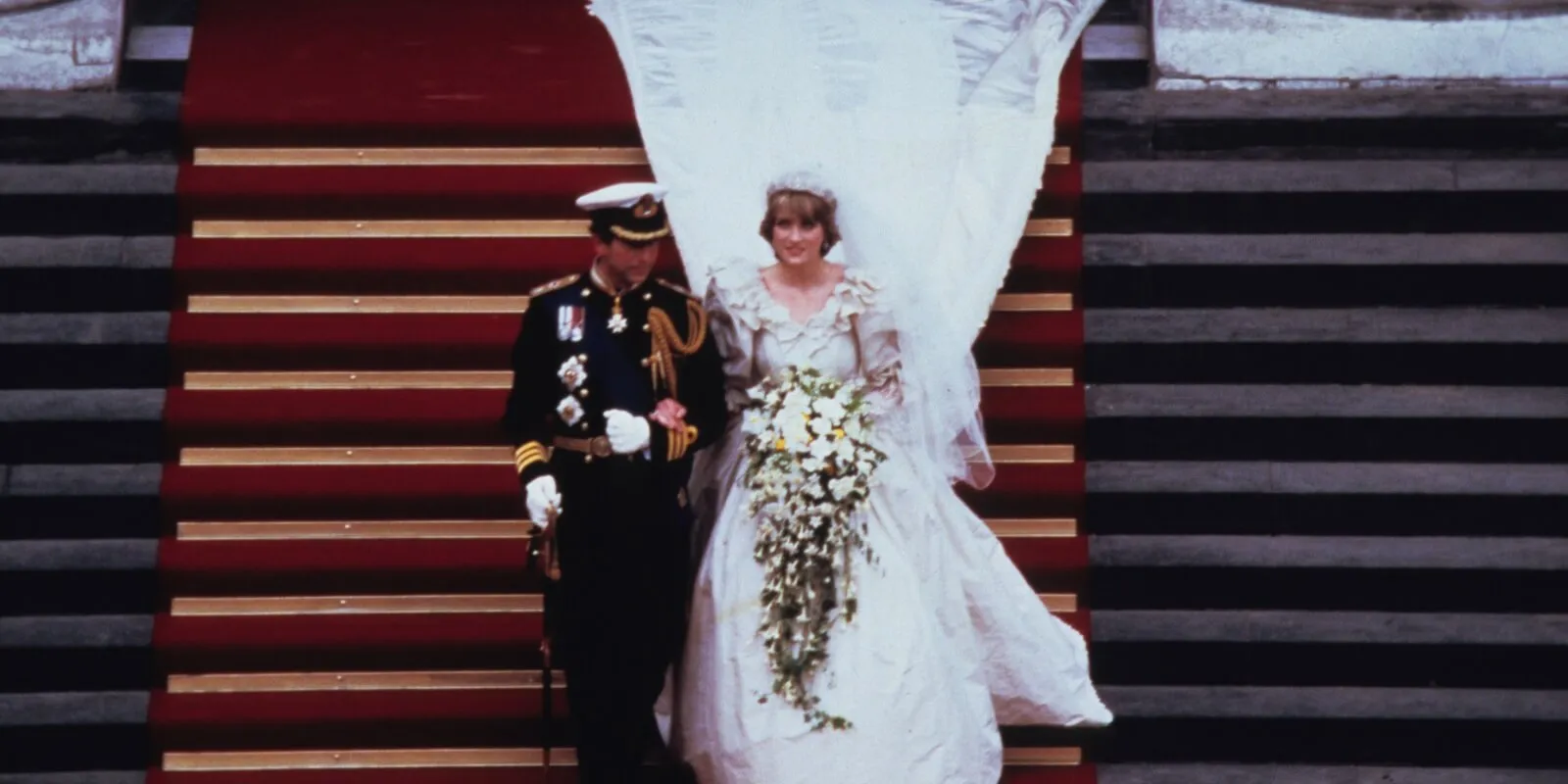Here’s Why There Aren’t Many Jedi Fighting The Empire After ‘The Clone Wars,’ According to Dave Filoni
When Star Wars starts, with Episode IV: A New Hope, the concept of “Jedi” is so fantastical. Luke Skywalker knows what they are, but of course, he has never met one. And as the trilogy goes on, the audience finds out why there still aren’t a ton of them. Now, as the franchise went on, you find out that more than just a few Jedi escaped the Jedi Purge with Order 66. But why were there so few in the Rebel Alliance? Dave Filoni gave a pretty logical explanation. [Spoiler alert: Spoilers ahead for ‘Star Wars: The Clone Wars’ Season 7 finale].

Dave Filoni gives an explanation of why there wasn’t a lot of Jedi to help the Rebel Alliance
In an interview with Deadline on May 6, Filoni — the supervising director and executive producer of The Clone Wars — talked about many aspects of the final season. One is why he ended the series with a shot of Darth Vader. Filoni knew that he always wanted Vader in the finale, specifically the shot of him holding the lightsaber Ahsoka left there. He said that imagery was “compelling” and “spoke so much” to a topic he and George Lucas talked about in regards to the end of the Clone Wars.
“The reason why we never saw too many Jedi fighting against the Empire is the fact that a lot of them felt that they failed in their goal to protect the Republic, and they were all deceived,” Filoni said. “And so a lot of them realized that fighting a war maybe isn’t the best way and created violence.”
Ahsoka leaving her lightsaber there was a way to get the Empire off her trail if they were looking. But it was also a way to symbolize a more peaceful route for the time being, for all remaining Jedi. They were meant to be peacekeepers, after all. And while that sometimes resulted in a need for weapons, it wasn’t until they were generals in the war that the violence became a commonplace thing. This was a topic of conversation during Ahsoka’s arc with the Martez sisters.
Season 7 was meant to ‘parallel’ ‘Revenge of the Sith,’ not rehash it
As Filoni has said in other interviews, the point of this final season wasn’t to rehash Episode III: Revenge of the Sith. The audience has already heard that story and knows how the war ends for those main characters (Anakin Skywalker, Obi-Wan Kenobi, Padmé Amidala, Yoda, etc.). It was important for Filoni to focus more on Ahsoka and Rex since they’re the ones whose Clone Wars ending isn’t shown. But having Darth Vader there was a way to tie it back, again.
“I think also it was an interesting way in these four parts to tell a complete story of Anakin (Skywalker) that’s not the same as the film,” Filoni told Deadline. “One of the things that I was very careful to do is, while I am near the film and paralleling the film, and sometimes interwoven with it, I never want to change anything that’s happening in there or say if you look at it from this way, it’s different. I’m trying to maintain the integrity of what George did in his work and just say, this is how it went for Ahsoka and Rex.”
He didn’t want to “violate [sic] the space that belonged to the Anakin Skywalker saga,” which makes the season really come across well.
The middle arc this season was hardest for Filoni, along with balancing the narrative
Season 7 was much shorter than what the series usually delivered; this one was 12, and usually, it’s around 22 (excepted for the shortened Season 6 when it got canceled). So for Filoni, in this truncated season, it was the hardest to weave everything together, especially with the middle arc. This is Ahsoka’s story, showing her on her own away from the Jedi Order for the first time, since she left in Season 5.
Not only were they trying to show her in this new perspective, away from the only family she ever knew, but that arc also had to do something for her character’s narrative. And it succeeded, giving her the opinions of civilians when it came to the Jedi, who weren’t always as noble as she might have thought.
Between that and then inserting Bo-Katan and Maul in carefully, it took a lot of care for Filoni and his team to make it all work together and tell the story they were trying to display on-screen. Not to mention, he had to give them all proper sendoffs when the characters didn’t even know it was ending.
“You have to be managing the expectations of this versus the reality for the characters in the moment because they don’t know,” Filoni said, giving the cold, hard truth. “Ahsoka doesn’t know it’s the last time she’s going to see Anakin. She doesn’t feel the time the way the audience does. Those are the challenges, but that’s what I love to do, and I was really just pleased with how it all turned out.”


